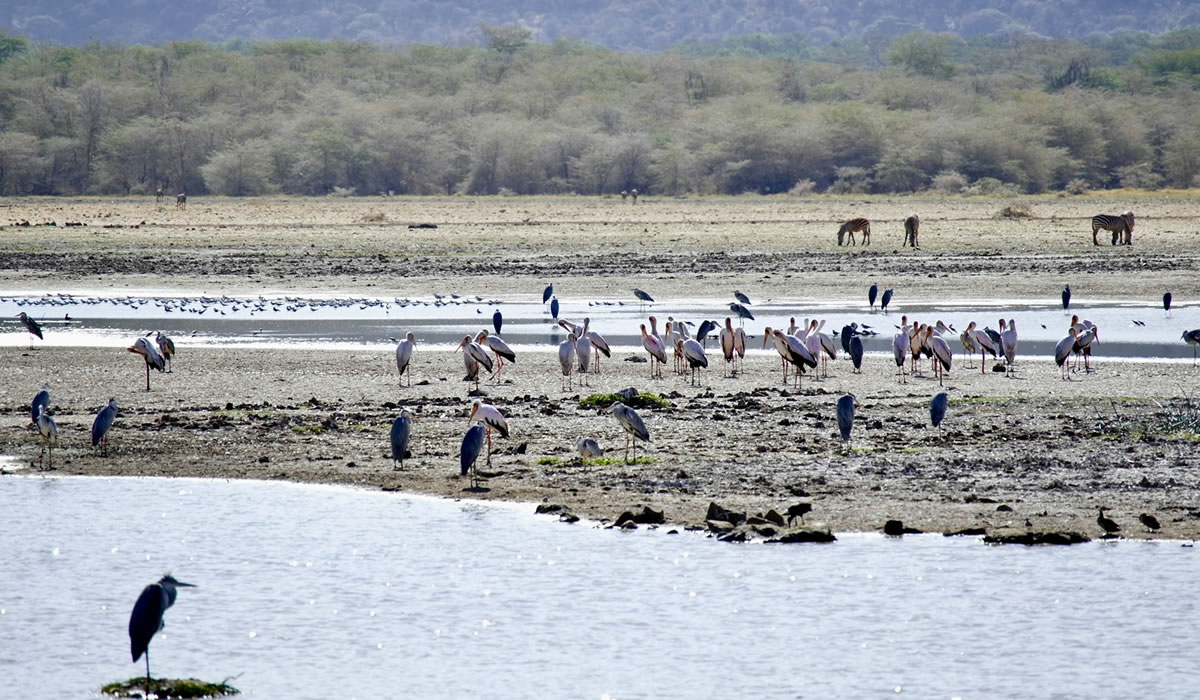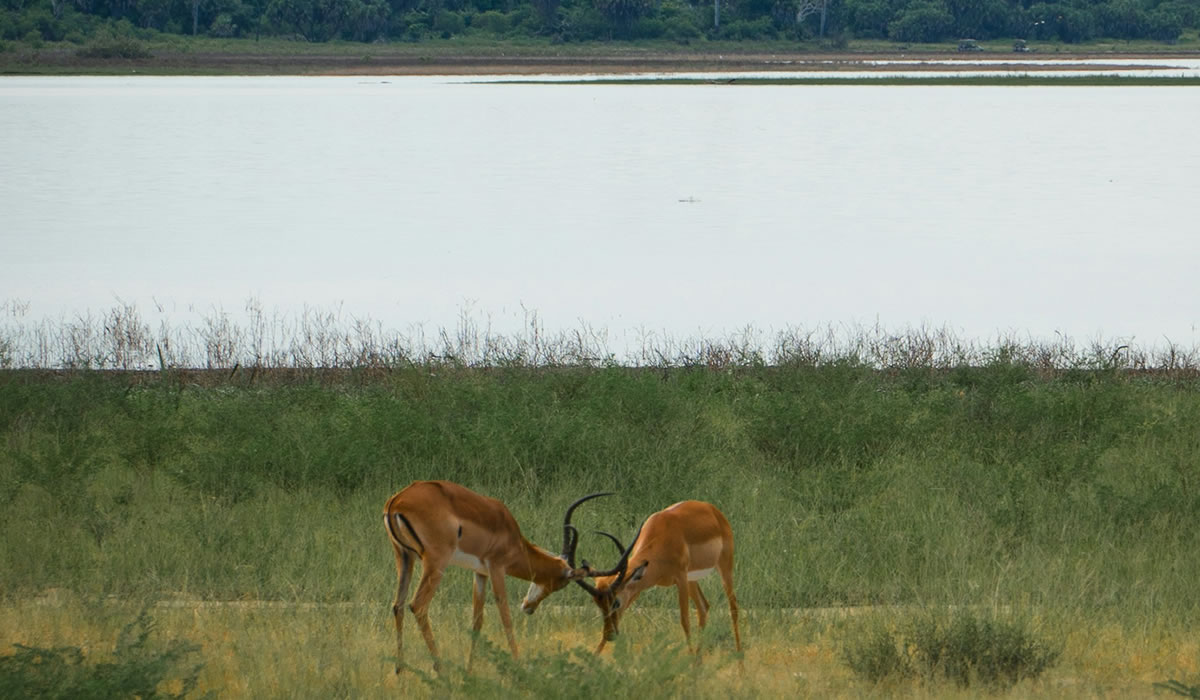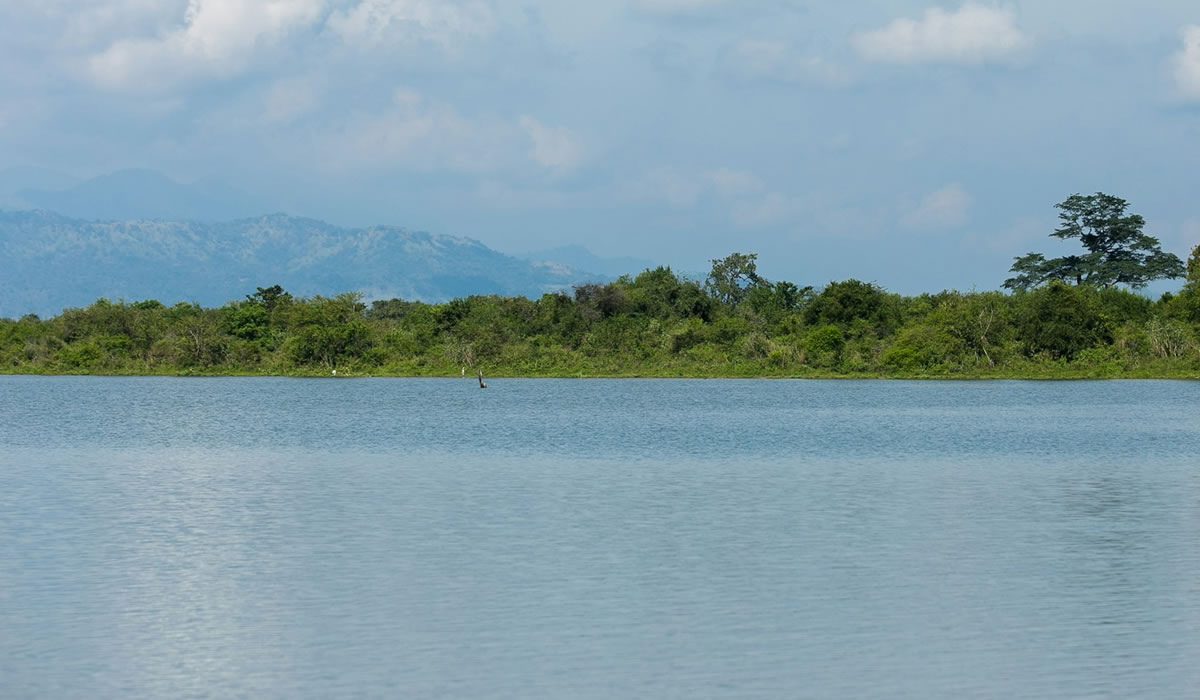Lake Manyara National Park is one of Tanzania’s most scenic and ecologically diverse wildlife sanctuaries, nestled in the northern safari circuit between Arusha and the Ngorongoro Crater. Although it covers a relatively small area of about 330 square kilometers, Lake Manyara National Park offers an extraordinary variety of landscapes, habitats, and wildlife species. Famous for its tree-climbing lions, large elephant herds, and flocks of pink flamingos, the park presents a rich safari experience ideal for both short visits and multi-park itineraries. This comprehensive article covers all you need to know about Lake Manyara National Park, including its history, geography, wildlife, safari activities, best time to visit, and accommodation options.

Overview and History
Lake Manyara National Park was officially established in 1960 and is managed by the Tanzania National Parks Authority (TANAPA). The park is named after Lake Manyara, a shallow alkaline lake that dominates two-thirds of the park’s area. The name “Manyara” is derived from the Maasai word “emanyara,” a euphorbia plant used to create hedges around their homes.
Lake Manyara was initially protected as a game reserve before being upgraded to national park status, primarily to preserve its diverse habitats and unique wildlife, especially the large numbers of elephants and birdlife. The park gained global recognition for being one of the few places in Africa where lions are regularly seen climbing trees, a behavior rarely observed in other regions.
Location and Accessibility
Lake Manyara National Park is strategically located in northern Tanzania, making it a convenient stop on the classic safari route that includes Serengeti National Park, Ngorongoro Conservation Area, and Tarangire National Park. It lies approximately 126 kilometers (about two hours’ drive) from Arusha and just outside the town of Mto wa Mbu.
The park is easily accessible by both road and air. Road transfers from Arusha or Kilimanjaro International Airport are common, while chartered flights are available to the nearby Lake Manyara Airstrip, which is only a few kilometers from the park gate.
Geography and Landscape
Lake Manyara National Park is renowned for its stunning and diverse landscapes within a compact area. The park stretches from the dramatic western escarpment of the Great Rift Valley to the shores of Lake Manyara, offering varied terrain including groundwater forests, acacia woodlands, open grasslands, hot springs, and swamps.
Key geographical features include:
- Lake Manyara: A shallow, alkaline lake that fills during the rainy season and shrinks during the dry season. It is a critical habitat for flamingos and other waterbirds.
- Great Rift Valley Escarpment: A breathtaking geological feature that provides panoramic views over the park.
- Hot Springs (Maji Moto): Located in the southern part of the park, these sulphuric springs bubble from underground geothermal activity.
- Groundwater Forest: A lush jungle sustained by underground springs, home to blue monkeys, baboons, and elephants.
This remarkable range of ecosystems supports a high density of wildlife and birds in a relatively small area.
Wildlife in Lake Manyara National Park

Despite its smaller size, Lake Manyara National Park offers excellent game viewing. It is particularly famous for:
- Tree-Climbing Lions: One of the few places in Africa where lions are regularly seen lounging in tree branches.
- Elephants: Large herds roam the park, especially near the forested areas, making it a prime spot for elephant sightings.
- Buffaloes, Zebras, and Giraffes: Commonly seen in the open savannah and acacia woodlands.
- Hippos: These are abundant in the lake and hippo pools, often visible from designated viewpoints.
- Primates: Large troops of olive baboons dominate the park, while vervet monkeys and blue monkeys are also frequently seen.
Other species include warthogs, impalas, wildebeests, waterbucks, and bushbucks. The park’s compact size and lush environment make wildlife encounters feel more intimate and frequent.
Birdlife and Ornithology
Lake Manyara National Park is a paradise for birdwatchers, boasting over 400 bird species. The alkaline lake attracts thousands of pink flamingos, especially during the wet season, along with other waterbirds such as pelicans, storks, herons, spoonbills, and cormorants.
The forests and woodlands also support a variety of forest birds and raptors, including; hornbills, turacos, eagles, lovebirds, kingfishers, bee-eaters.
The park is considered one of the best birding destinations in Tanzania and is especially popular among ornithologists and nature photographers.
Safari Activities in Lake Manyara National Park
Lake Manyara offers a variety of safari experiences tailored to different interests and budgets:
- Game Drives
Morning and afternoon game drives are the most common way to explore the park. Due to its compact size, a full game drive can be completed in half a day, making it ideal for travelers with limited time. - Night Game Drives
Lake Manyara is one of the few parks in Tanzania where night safaris are allowed. These offer a unique chance to see nocturnal animals like bush babies, civets, genets, porcupines, and possibly leopards. - Walking Safaris
Guided walking safaris are available in select areas, offering a deeper connection with the natural environment. Walks are led by armed rangers who provide insights into tracks, plants, and smaller wildlife. - Canoeing (Seasonal)
When water levels are sufficient, canoeing on Lake Manyara allows visitors to see hippos and aquatic birds from a unique perspective. - Cultural Tours in Mto wa Mbu
The nearby town of Mto wa Mbu offers rich cultural experiences. Visitors can participate in local village tours, food tastings, banana beer sampling, and art and craft workshops.
Best Time to Visit Lake Manyara National Park

Lake Manyara National Park is a year-round destination, but the best time to visit depends on your interests:
- Dry Season (June to October): The best time for general game viewing as animals concentrate around water sources and the vegetation is sparse.
- Wet Season (November to May): The best time for bird watching, especially to see flamingos and migratory birds. The park is lush and green, though road access can be affected in the southern areas.
Note that the wet season includes the calving period for many animals, offering dramatic wildlife interactions and photographic opportunities.
Accommodation in and Around Lake Manyara National Park
There are a variety of lodging options to suit all budgets near Lake Manyara:
- Luxury Lodges: Include Lake Manyara Tree Lodge by &Beyond, Escarpment Luxury Lodge, and Chem Chem Lodge, all offering high-end amenities, gourmet cuisine, and breathtaking views.
- Mid-Range Options: Kirurumu Manyara Lodge, Migunga Tented Camp, and Manyara Wildlife Safari Camp. These provide comfortable accommodations with excellent service.
- Budget Camps and Guesthouses: Available in Mto wa Mbu and nearby areas for backpackers and budget travelers.
- Public Campsites: Managed by TANAPA for adventurous travelers who prefer camping close to nature.
Getting to Lake Manyara National Park
Lake Manyara is easily accessible by road and air:
- By Road: The park is about a two-hour drive from Arusha along a well-maintained highway. It is commonly included as the first stop on the northern safari circuit.
- By Air: Flights from Arusha, Serengeti, or Zanzibar can land at Lake Manyara Airstrip, located just a short drive from the park gate.
Self-drive safaris are possible, though many visitors opt for organized tours with experienced guides for a more enriching experience.
Why Visit Lake Manyara National Park?
Lake Manyara National Park may be smaller than Serengeti or Ngorongoro, but it offers a rich and diverse safari experience that is hard to match. From dense forests and open plains to a flamingo-filled lake and geothermal springs, the park packs a variety of experiences into a compact space. Its close proximity to other major parks makes it an excellent addition to any northern Tanzania safari itinerary.
Lake Manyara National Park is a gem in Tanzania’s safari circuit, offering a perfect mix of wildlife, birdlife, scenery, and culture. Whether you’re on a quick day trip from Arusha or embarking on a multi-day northern circuit safari, Lake Manyara delivers big on adventure and natural beauty. With fewer crowds than some of Tanzania’s larger parks, it provides a more serene and intimate safari experience.

